It appears that Christopher Nolan and IMAX are about to raise the bar for cinematic innovation once again. In a recent interview, IMAX CEO Rich Gelfond revealed that Nolan will use a brand-new IMAX technology in his upcoming film. This collaboration reflects Nolan’s history of pushing technological boundaries in storytelling, and it could set a new standard for immersive cinema experiences. YMCinema explores Nolan’s legacy with IMAX, the potential of this new technology, and how it fits into Hollywood’s evolving landscape of technological advancements. Read on.
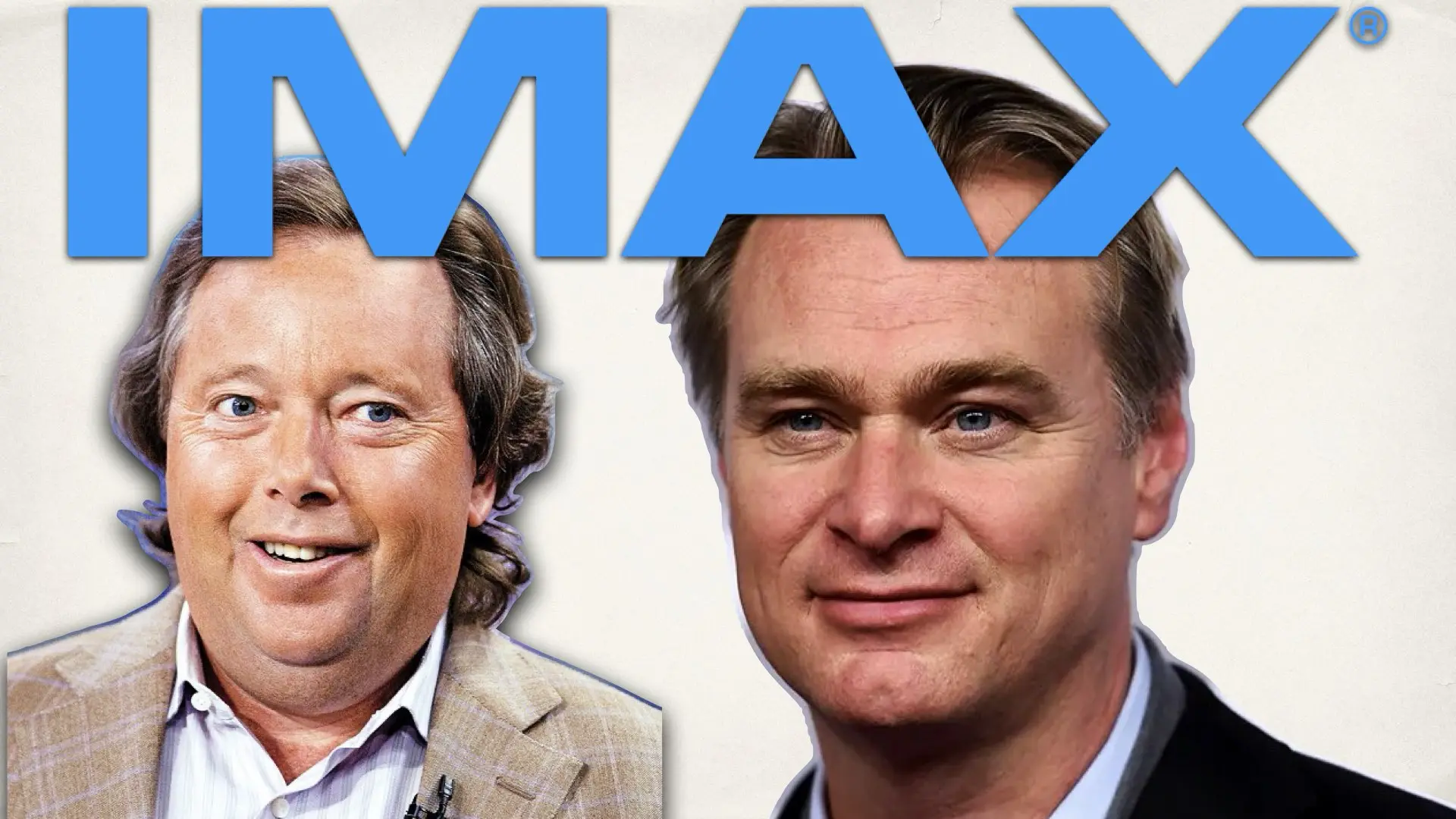
Nolan & IMAX: A Groundbreaking Partnership
Christopher Nolan and IMAX have shared a strong partnership that has continuously shaped the cinematic landscape. Since his groundbreaking work on The Dark Knight, Nolan has used IMAX’s 65mm film cameras to bring audiences into his highly immersive worlds. This close collaboration between Nolan and IMAX has made him one of the most influential filmmakers in the IMAX format, setting the stage for a new cinematic language that emphasizes visual scale, precision, and impact. Recently, Gelfond announced that Nolan approached IMAX a year ago with a proposal for a new technology designed specifically for his upcoming project. While the details remain confidential, this venture is expected to push IMAX’s capabilities further than ever. As stated by Gelfond: “Christopher Nolan is always trying to innovate new things. For instance, in Tenet he shot backwards. He always comes up with a new way to tell his stories. He approached us about a year ago and said he really wants to create a new technology that he will use in his upcoming movie, so we worked with him and our (IMAX) team did a phenomenal job. It’s up to him to talk about the specifics. He will be able to do things on IMAX that we haven’t been able to do before” For background, IMAX’s commitment to continual improvement is well-documented, as seen in Gelfond’s insistence that “if you want to launch a blockbuster, you need IMAX to be part of it”. This collaboration also highlights how IMAX remains relevant amidst increasing advancements in digital technology and CGI, as discussed in our previous article on the future of IMAX film cameras.

Christopher Nolan is always trying to innovate new things. For instance, in Tenet he shot backwards. He always comes up with a new way to tell his stories. He approached us about a year ago and said he really wants to create a new technology that he will use in his upcoming movie, so we worked with him and our (IMAX) team did a phenomenal job. It’s up to him to talk about the specifics. He will be able to do things on IMAX that we haven’t been able to do before.
IMAX CEO – Rich Gelfond
Nolan’s history of practical effects and innovation
Nolan has always preferred practical effects and real-world cinematography over CGI. This commitment is evident in films like Interstellar, where he utilized modified lenses to create a hyper-realistic depiction of space. His innovative techniques extended to Tenet, where he filmed sequences forwards and backwards to capture a unique, time-inverted narrative. As highlighted in our technical breakdown of Tenet, Nolan’s in-camera methods resulted in an unparalleled viewing experience that pushed IMAX cameras to their limits. In Oppenheimer, Nolan took IMAX technology to a new level by using extreme closeups on IMAX 70mm film, creating a visually intense experience. The cinematographic techniques Nolan employed here, including the use of a special IMAX snorkel lens, set a high standard for IMAX films, as outlined in our analysis of the lenses behind Oppenheimer. This type of innovation has made Nolan a leading force in cinema technology, redefining IMAX cinematography.

IMAX’s new technological landscape
With this new project, IMAX aims to take a significant leap forward. Gelfond hinted that the upcoming technology will allow Nolan to do things on IMAX that have never been possible before. This statement aligns with IMAX’s broader strategy of expanding its technological reach, which has included recent advancements in AI and machine learning and even the digital enhancement of 65mm presentations. IMAX’s history is filled with advancements that elevate the cinematic experience. For example, the company’s commitment to upgrading its 70mm projectors has ensured that theaters continue to deliver high-quality visuals. Yet, as the demand for new, cutting-edge experiences grows, IMAX is also developing new film cameras and tools that can meet the challenges posed by directors like Nolan.

How this project reflects broader industry trends
Nolan’s partnership with IMAX exemplifies a larger industry trend where traditional film techniques are being enhanced by modern technological innovations. This trend includes the growing role of artificial intelligence in filmmaking and new production methodologies. The use of innovative technology is reshaping Hollywood, and IMAX’s focus on unique technical advancements aligns with the industry’s push for richer, more immersive experiences. IMAX’s record-breaking box office performance with Nolan’s Oppenheimer showed the lasting appeal of these high-tech, large-format presentations, as explored in our article on the film’s impact on IMAX cinematography.

The economic power of IMAX in modern cinema
Nolan’s work has also reinforced IMAX’s status as an essential component of blockbuster cinema. The demand for IMAX screenings has surged in recent years, with Gelfond asserting that “IMAX is critical for the launch of a blockbuster.” This influence was underscored by the box office success of Oppenheimer and other large-format releases. For IMAX, having Nolan in their corner is a strategic advantage. In previous comments, Gelfond highlighted that IMAX plays a vital role in film launches, an assertion reflected in the company’s recent record-breaking quarterly earnings. The financial success that comes from IMAX partnerships with filmmakers like Nolan has become integral to IMAX’s overall strategy, securing its place as an industry leader.
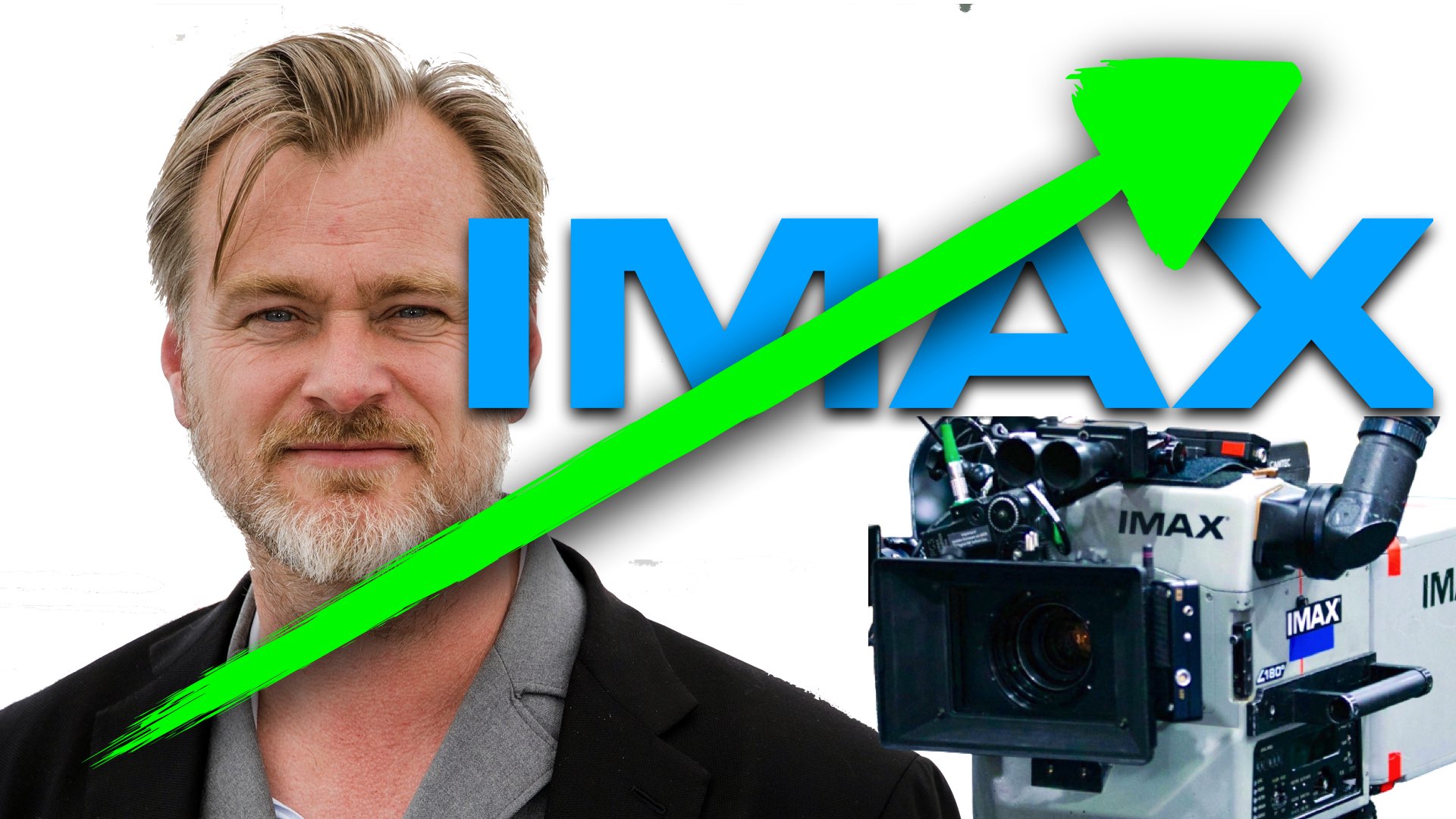
Will this innovation influence other filmmakers?
Christopher Nolan’s consistent use of IMAX cameras has inspired a generation of filmmakers to consider the format for their own projects. His influence is particularly evident in the rise of directors who prioritize IMAX as a key element of their storytelling. As noted in an interview with Oppenheimer cinematographer Hoyte van Hoytema, shooting on IMAX 70mm film brings a unique depth to cinematic visuals that many filmmakers find difficult to replicate digitally. Nolan’s pioneering techniques may very well inspire other directors to adopt this new IMAX technology, as industry leaders look to replicate his success in delivering immersive storytelling. This shift could also pave the way for greater investment in IMAX-compatible equipment, as highlighted in our report on the expansion of IMAX’s 70mm projectors.
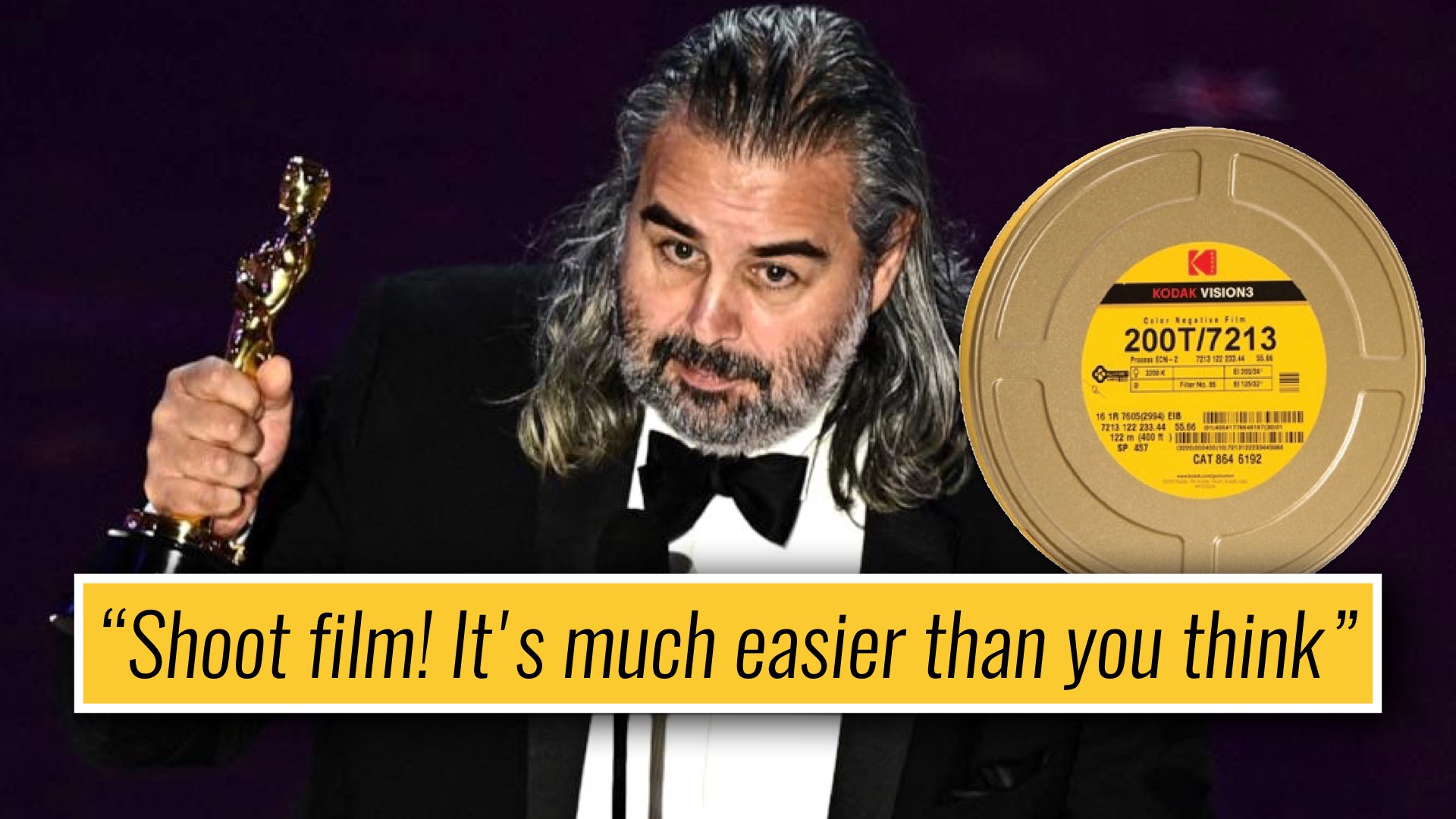
The path forward for IMAX and traditional filmmaking
Amid the rapid digitization of Hollywood, IMAX continues to champion traditional film formats, but this doesn’t mean the company is shying away from innovation. With the advent of new AI tools in filmmaking, IMAX is increasingly blending classic techniques with advanced technology. This hybrid approach aligns with IMAX’s ongoing efforts to remain competitive in a landscape that is evolving faster than ever, as explored in our article on Hollywood’s AI revolution. However, IMAX must balance this technological evolution with its commitment to film quality and authenticity. With projects like this new collaboration with Nolan, IMAX reinforces its dedication to delivering high-fidelity cinematic experiences, even as the industry explores alternative camera formats and AI-based enhancements.

Conclusion: A partnership built on vision and innovation
Christopher Nolan’s decision to use a new IMAX technology in his upcoming film is a testament to both his creative ambition and IMAX’s commitment to advancing the cinematic experience. From his use of modified IMAX lenses in Interstellar to the extreme closeups in Oppenheimer, Nolan’s work has consistently redefined what IMAX cameras can do. Now, with this new project, Nolan and IMAX are poised to set another milestone in filmmaking innovation. The implications of this collaboration could influence the industry on a large scale, motivating other directors to push technological boundaries and prioritize immersive, high-quality viewing experiences. IMAX’s ongoing innovations are likely to keep it at the forefront of cinematic technology, and this new partnership with Nolan could very well set the standard for the future of cinema. Now the big question remains: What does Nolan mean by “A new IMAX technology”?

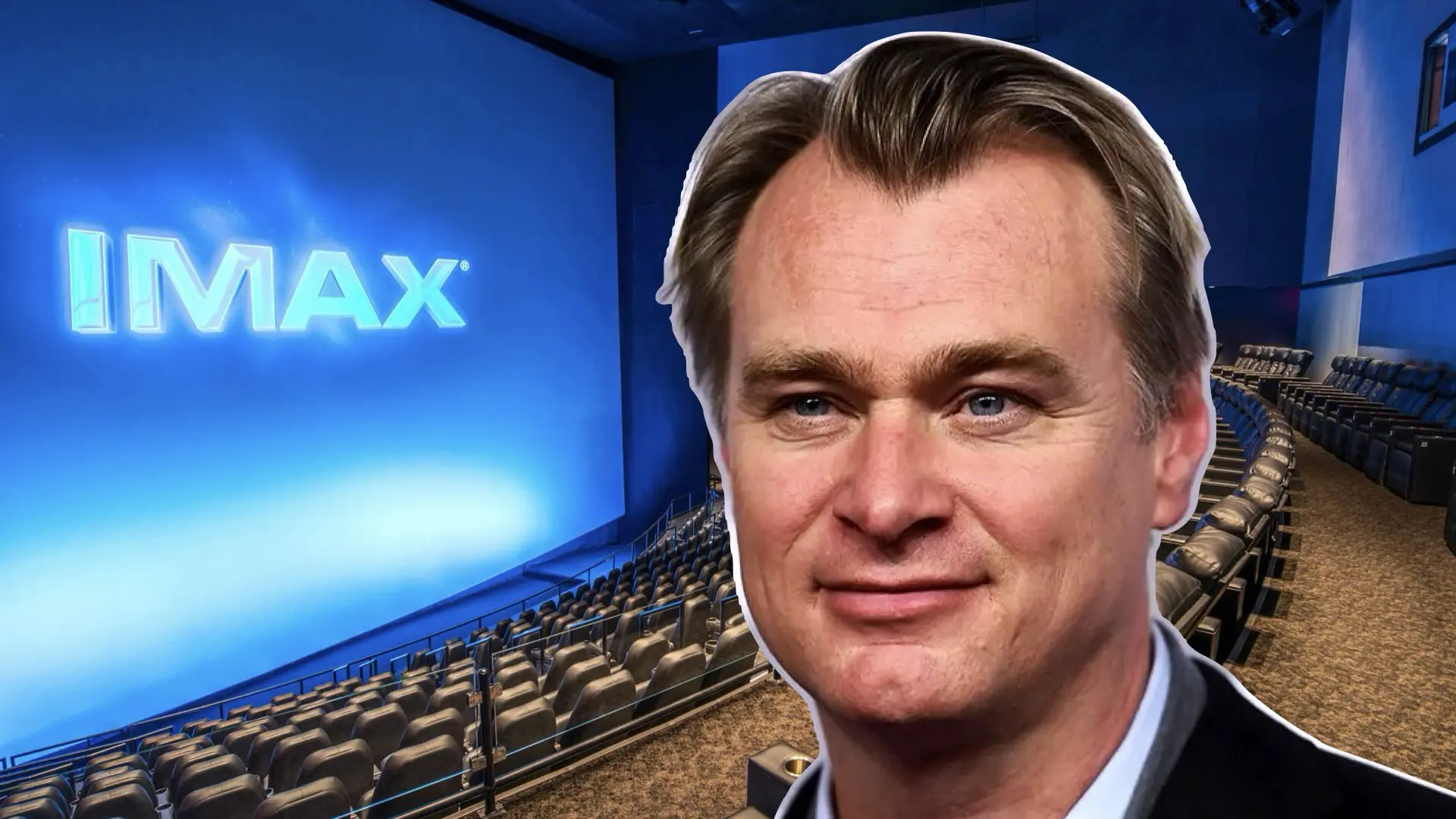

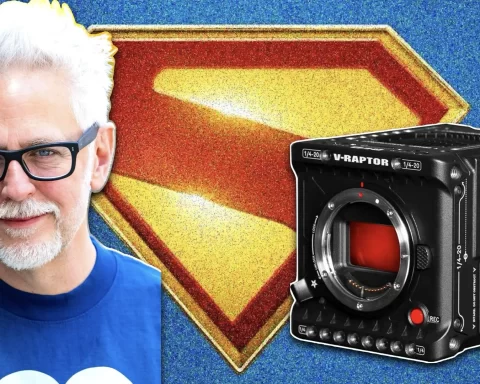
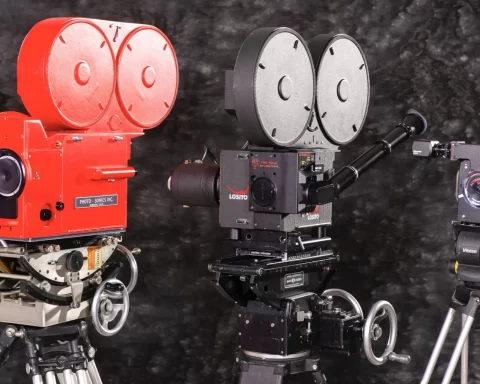
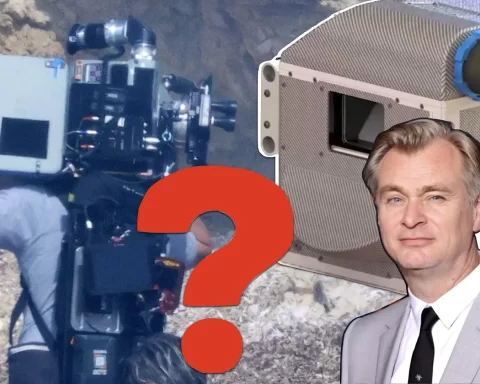

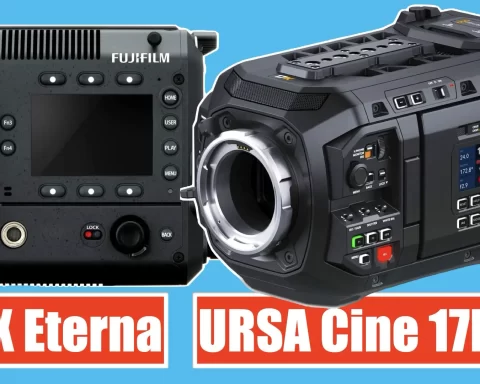


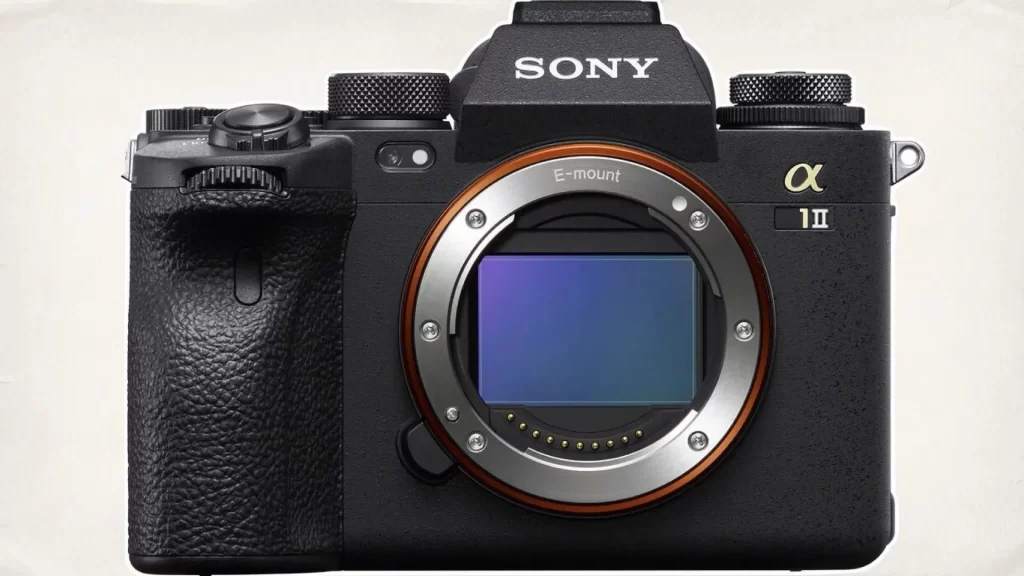
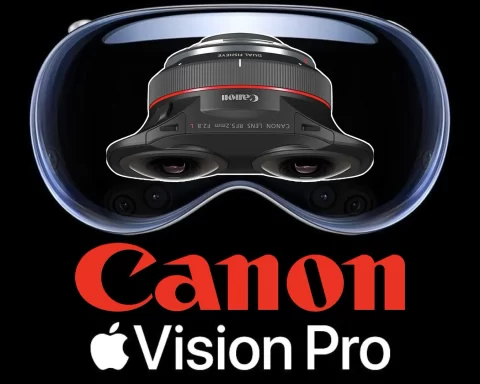
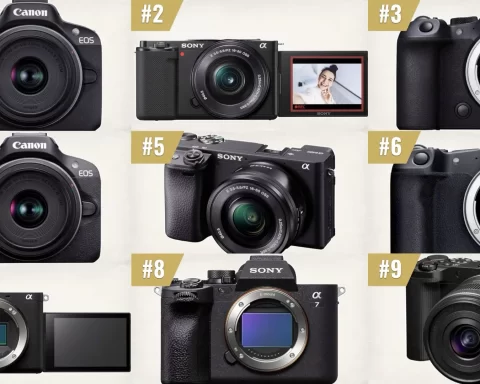


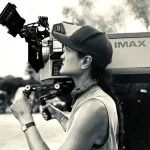
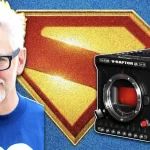
Hey Mr. Gelfond, still nothing in sight about the commitment to new NEEDED 15/70mm Projectors.
Why is every new IMAX Theater built in all aspects to digital only?
Thanks for an answer